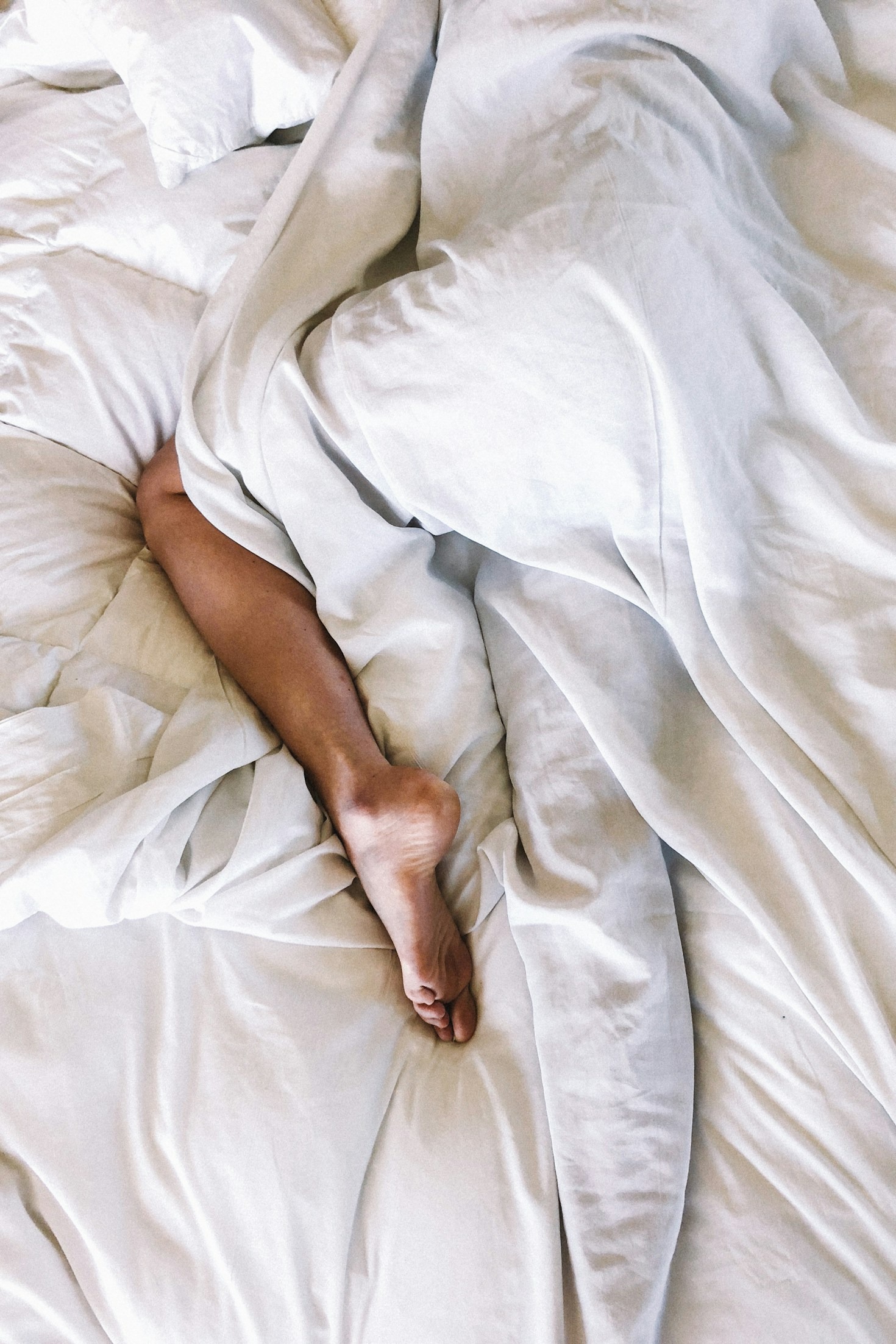The Role of Lifestyle in Sleep Apnea
Understanding Sleep Apnea
Sleep apnea is a common sleep disorder characterized by repeated interruptions in breathing during sleep. The most prevalent type, obstructive sleep apnea (OSA), occurs when the airway becomes partially or completely blocked due to relaxed throat muscles. Central sleep apnea (CSA) is caused by the brain failing to send the correct signals to control breathing.
While genetics and medical conditions contribute to sleep apnea, lifestyle choices play a significant role in both its development and severity. Understanding how daily habits influence sleep apnea can help individuals manage and even reduce their symptoms.
How Lifestyle Choices Impact Sleep Apnea
1. Weight and Obesity
Excess weight, especially around the neck and upper airway, is one of the strongest risk factors for sleep apnea.
- How Weight Contributes to Sleep Apnea:
- Fat deposits around the throat (pharyngeal fat) can narrow the airway, making breathing more difficult.
- Abdominal fat reduces lung volume, affecting airflow and oxygen levels.
- Lifestyle Changes:
✔ Adopt a healthy, balanced diet rich in whole foods, lean proteins, and fiber.
✔ Engage in regular physical activity (such as brisk walking, cycling, or strength training).
✔ Aim for gradual weight loss, as even a 5-10% reduction in body weight can improve symptoms.
2. Smoking and Alcohol Consumption
Both smoking and alcohol use can worsen sleep apnea by affecting muscle control and airway inflammation.
- Smoking:
- Causes inflammation and fluid retention in the airway, increasing obstruction.
- Weakens lung function, making it harder to breathe.
- Alcohol:
- Relaxes throat muscles, making airway collapse more likely.
- Suppresses REM sleep, leading to poorer sleep quality.
- Lifestyle Changes:
✔ Quit smoking or reduce tobacco use to improve airway health.
✔ Limit alcohol consumption, especially in the evenings, to prevent airway relaxation.
3. Sleeping Position and Sleep Environment
The way you sleep can significantly affect breathing patterns.
- Back Sleeping (Supine Position):
- Encourages tongue and throat muscles to collapse into the airway, worsening apnea symptoms.
- Side Sleeping (Lateral Position):
- Helps keep the airway open, reducing breathing interruptions.
- Lifestyle Changes:
✔ Try side-sleeping using a body pillow or sleep positioning devices.
✔ Keep the bedroom cool, dark, and quiet to promote restful sleep.
✔ Use a humidifier to prevent airway dryness, which can worsen symptoms.
4. Poor Sleep Habits and Irregular Schedules
A disrupted sleep routine can make sleep apnea worse by affecting the body’s natural sleep-wake cycle.
- Irregular Sleep Patterns:
- Inconsistent bedtimes and wake-up times can disrupt circadian rhythms.
- Sleep deprivation increases throat muscle relaxation, making apnea episodes more frequent.
- Lifestyle Changes:
✔ Stick to a consistent sleep schedule, even on weekends.
✔ Aim for 7-9 hours of sleep per night.
✔ Avoid long naps during the day, which can interfere with nighttime sleep.
5. Diet and Nutrition
What you eat can influence your risk and severity of sleep apnea.
- Foods That Worsen Sleep Apnea:
- Processed foods and sugars – Can contribute to weight gain and inflammation.
- High-fat meals before bed – May lead to acid reflux, worsening apnea symptoms.
- Caffeine and stimulants – Can interfere with sleep quality.
- Foods That Help with Sleep Apnea:
- Fruits and vegetables – Reduce inflammation and support respiratory health.
- Omega-3 fatty acids (found in fish, nuts, and seeds) – Improve sleep quality.
- Magnesium-rich foods (like bananas and leafy greens) – Help relax muscles for better sleep.
- Lifestyle Changes:
✔ Follow a nutrient-dense diet to reduce inflammation and support sleep.
✔ Avoid heavy meals, caffeine, and spicy foods before bedtime.
6. Lack of Exercise and Physical Activity
A sedentary lifestyle contributes to sleep apnea by promoting weight gain and poor lung function.
- How Exercise Helps Sleep Apnea:
- Strengthens respiratory muscles, improving airway stability.
- Reduces fat deposits around the neck, lowering airway obstruction risk.
- Enhances overall sleep quality and energy levels.
- Lifestyle Changes:
✔ Engage in moderate exercise at least 30 minutes a day, 5 times a week.
✔ Activities like walking, swimming, yoga, and strength training can be particularly beneficial.
7. Stress and Mental Health
Chronic stress and anxiety can lead to poor sleep quality, making sleep apnea worse.
- Effects of Stress on Sleep Apnea:
- Increases muscle tension, making breathing harder.
- Promotes poor sleep habits (such as staying up late or excessive screen time).
- Lifestyle Changes:
✔ Practice stress management techniques like meditation, deep breathing, or journaling.
✔ Engage in relaxing activities before bed, such as reading or listening to calming music.
✔ Consider therapy or counseling if stress and anxiety are affecting sleep.
Can Lifestyle Changes Reverse Sleep Apnea?
While lifestyle modifications may not completely cure sleep apnea, they can significantly reduce symptoms and severity. In some cases, especially for mild sleep apnea, weight loss and habit changes can lead to symptom remission.
However, moderate to severe sleep apnea may still require medical intervention, such as:
- CPAP therapy (Continuous Positive Airway Pressure) – A machine that keeps airways open during sleep.
- Oral appliances – Custom-fitted devices that adjust the jaw position to prevent airway collapse.
- Surgical options – In severe cases, procedures may be necessary to remove excess tissue or correct airway abnormalities.
Conclusion
Lifestyle plays a crucial role in sleep apnea development and management. Maintaining a healthy weight, quitting smoking, limiting alcohol, improving sleep habits, eating a balanced diet, staying active, and managing stress can all help reduce the severity of sleep apnea symptoms.
By making conscious changes, individuals can improve their sleep quality, overall health, and long-term well-being. If sleep apnea symptoms persist despite lifestyle improvements, consulting a doctor for additional treatment options is essential.




Leave a Reply